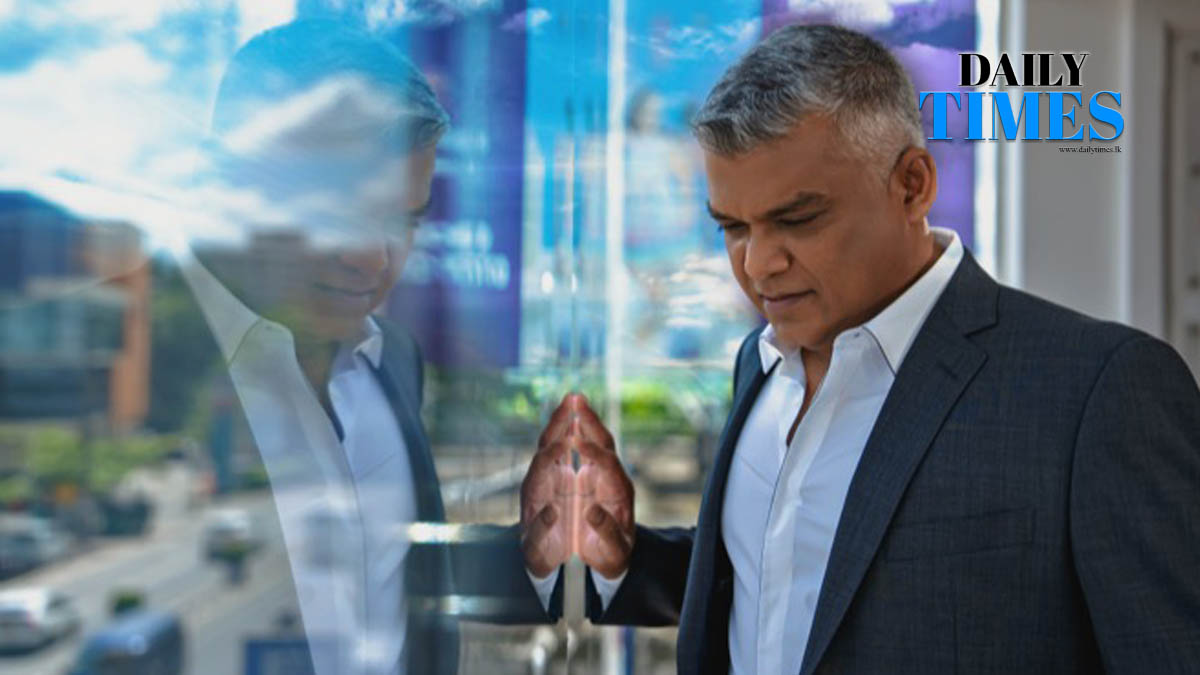The Evolution of the Sri Lankan pharma industry and the pivotal role of SPMC over the last decade

The Sri Lankan pharmaceutical manufacturing industry has undergone a remarkable transformation over the past decade, propelled by dynamic changes in regulatory frameworks, technological advancements, and strategic initiatives. Saying that at the forefront of this evolution stands the Sri Lanka Pharmaceutical Manufacturing Corporation (SPMC) as a key player that has played a pivotal role in reshaping the industry’s landscape, won’t be a lie.
1987 the State Pharmaceuticals Manufacturing Corporation (SPMC) was founded, and it has come a long way. Today, it is the largest drug manufacturer in Sri Lanka, providing many drug brands to the Department of Health Services at low profit margins.
One of the fundamental aspects of the pharmaceutical manufacturing industry’s transformation in Sri Lanka has been implementing rigorous regulatory reforms. Recognizing the importance of adhering to international standards, Sri Lanka has strengthened its regulatory frameworks to ensure pharmaceutical products’ safety, efficacy, and quality.
SPMC took measures to ensure that all its products meet the specified quality standards outlined in the British Pharmacopeia (BP), United States Pharmacopeia (USP), and SPMC’s standards. The adherence to current Good Manufacturing Practices (cGMP), regulations, and procedures undergo continuous monitoring through internal quality audits and factory inspections.
SPMC has been a driving force in supporting and implementing these regulatory changes. By embracing and championing current Good Manufacturing Practices (cGMP) and other quality control measures, SPMC has set a benchmark for local manufacturers. This commitment to regulatory compliance has not only elevated the standards within the corporation but has also influenced the industry at large; I affirm this through my personal experience as the chairman at SPMC.
One of the initiatives I have pioneered is taking steps to make Sri Lanka a self-sustainable state when it comes to essential medicinal drugs. We aimed to eradicate the need to import essential drugs by 100% by 2024. The other medicinal drugs and medical supplies were irrelevant to our goal. Building factories to manufacture non-essential medical drugs that are unnecessary in larger quantities can be economically counterproductive.
By 2015, there were two methodologies to supply the demand for medicinal drugs in Sri Lanka. The first one was manufacturing drugs here and supplying them to the hospitals and institutes through the medical supplier’s division (MSD) of the MoH. The second one was importing drugs through a tender process and supplying them to the necessary sectors again via the MSD.
By the time we took steps to make the 2040 plan come true, the production capacity of SPMC was only one or one and a half billion pills or capsules per annum. By that time, the SPMC could only produce pills and capsules, and that also were medicinal drugs such as hormones. Manufacturing vaccines or medicinal syrups was a faraway goal back then. And SPMC still produced around a share of 20% of the meds manufactured in the whole country.
At this junction, we made a policy decision to boost the pharmaceutical industry in Sri Lanka. We proposed a buyback guarantee scheme. Let’s say a Sri Lankan entrepreneur decides to enter the pharmaceutical industry and build a factory. Now, with the buyback guarantee, our entrepreneur knows the product amount the government is buying from the entrepreneur annually. The entrepreneur has a buyback guarantee for ten or fifteen years in the pocket. After a few years, the entrepreneur can come to the break-even point and start scoring profit. These steps and measures not only developed the pharma manufacturing sector in Sri Lanka to the next level but also took us closer to our aim of being self-sustainable in essential medicinal drugs as a country.
With this initiative and my direction, more than 10 small-scale pharmaceutical manufacturing factories were established in Sri Lanka.
Also, In the last decade, SPMC’s commitment to R&D has facilitated the quality standards of pharmaceutical manufacturing and positioned Sri Lanka on the global map of pharmaceutical innovation. The corporation’s efforts in this realm have enhanced its product portfolio and inspired other industry players to invest in research and development for long-term sustainability.
Ensuring the affordability and accessibility of essential medications is a core mission of SPMC. The corporation has implemented strategic pricing policies to make quality pharmaceuticals available to a broader population segment. By manufacturing a range of essential drugs locally, SPMC has played a pivotal role in mitigating the impact of rising healthcare costs on the public.
These collaborations have elevated SPMC’s capabilities and positioned Sri Lanka as a reliable player in the international pharmaceutical arena. The corporation’s active participation in global initiatives has facilitated the exchange of best practices and technological know-how and has opened doors for potential export opportunities.
The corporation has demonstrated agility in diversifying its product portfolio, exploring new markets, and embracing innovations to overcome obstacles. This adaptability has ensured the sustainability of SPMC and set a precedent for other pharmaceutical entities to navigate the complexities of the global pharmaceutical landscape.
When I look back at the journey SPMC took from its inauguration and my tenure as the chairman, I can proudly say that the road was not easy and was not without challenges. But through regulatory compliance, technological advancements, research and development initiatives, and a commitment to affordability and accessibility, SPMC has been a catalyst for positive change for the last decade.

Dr. Sayuru Samarasundera
MD, Emeritus Professor (University of Moscow)

